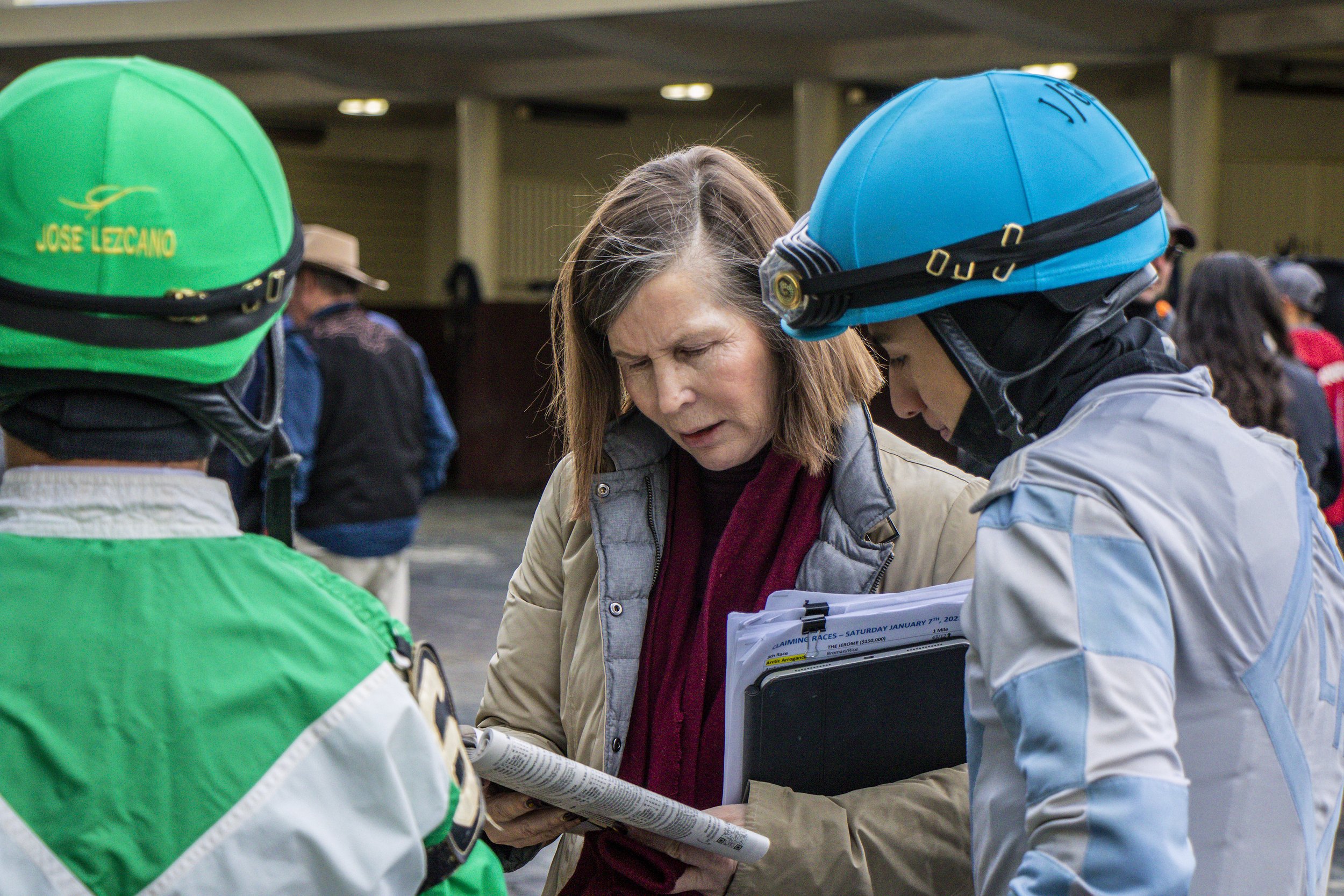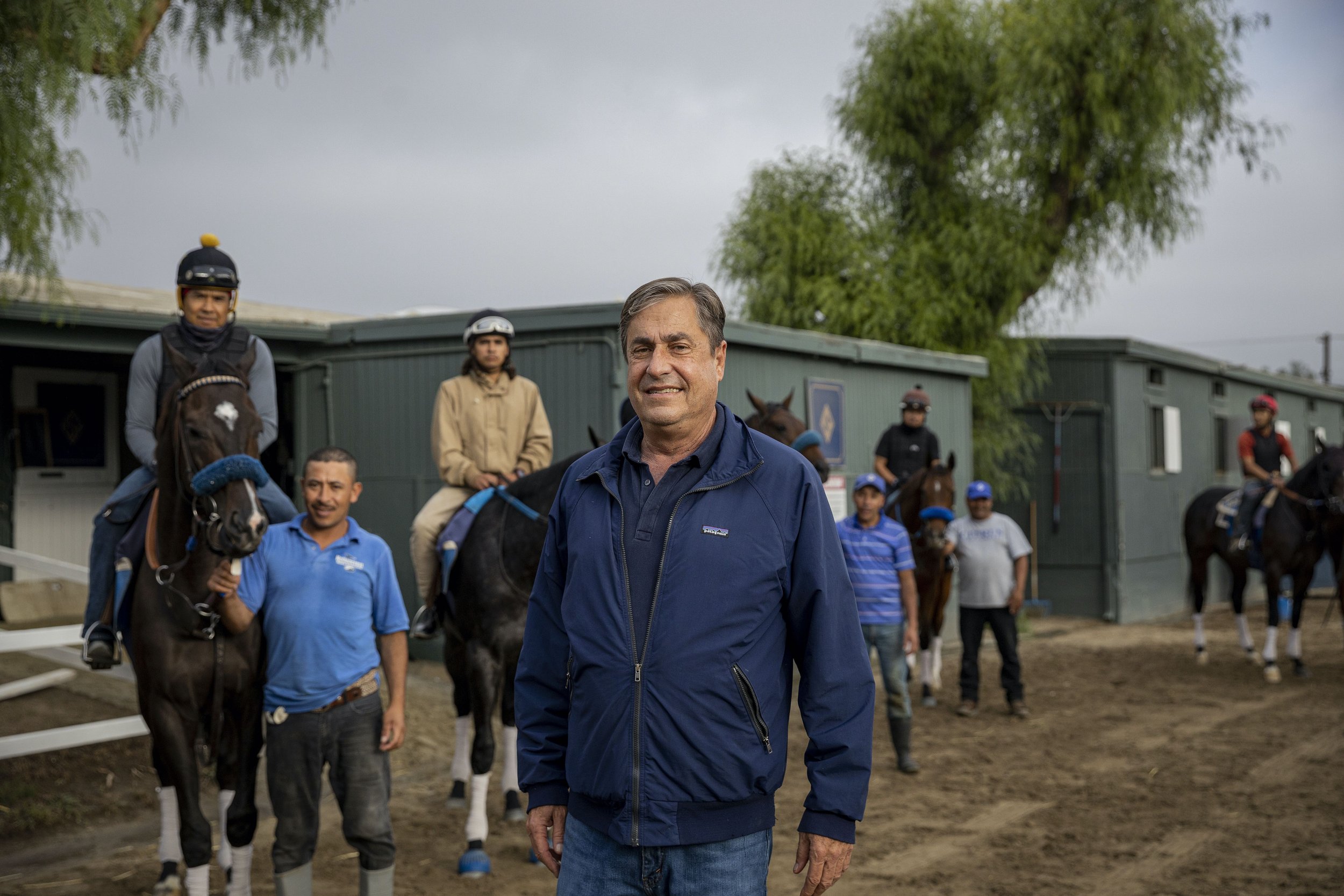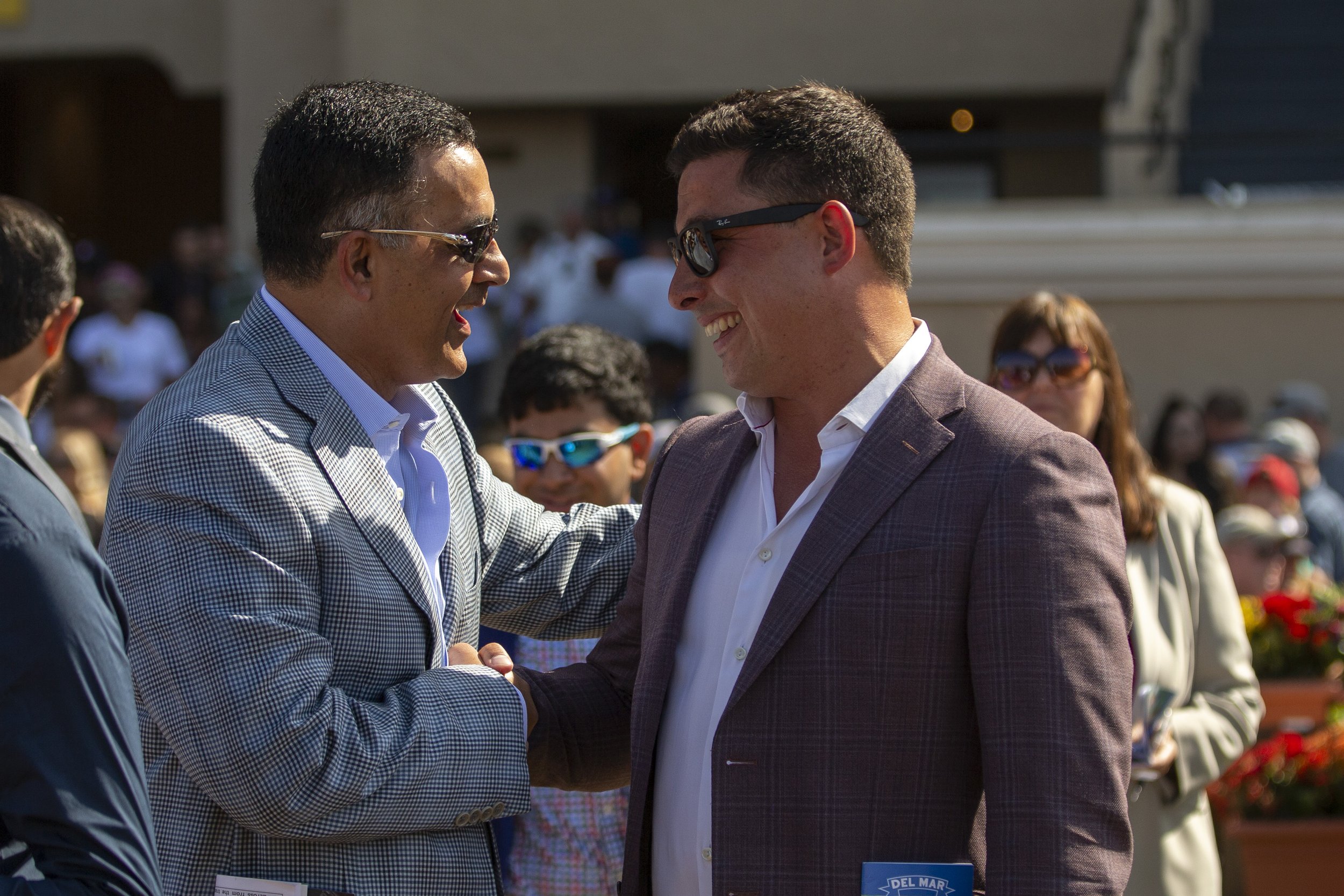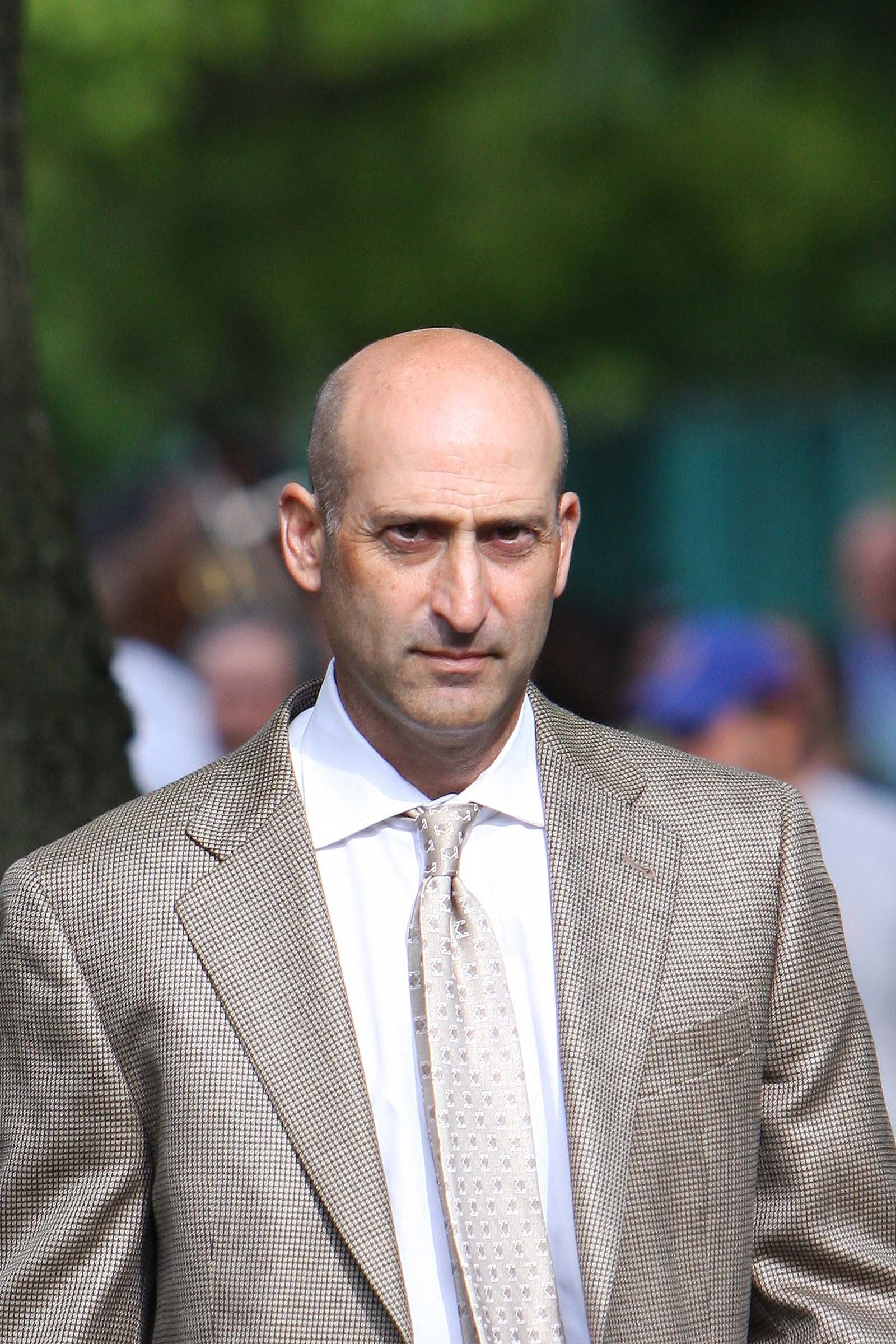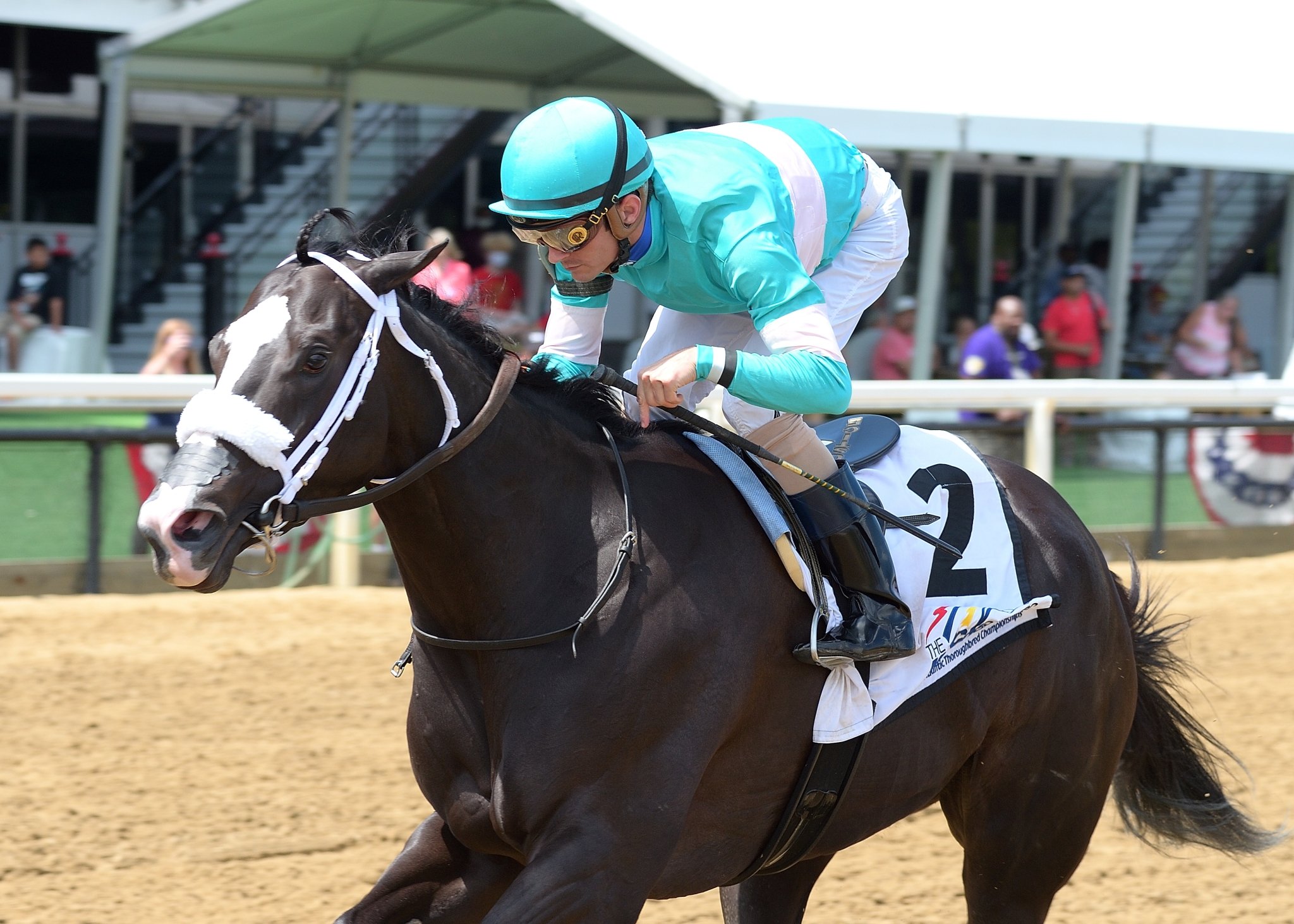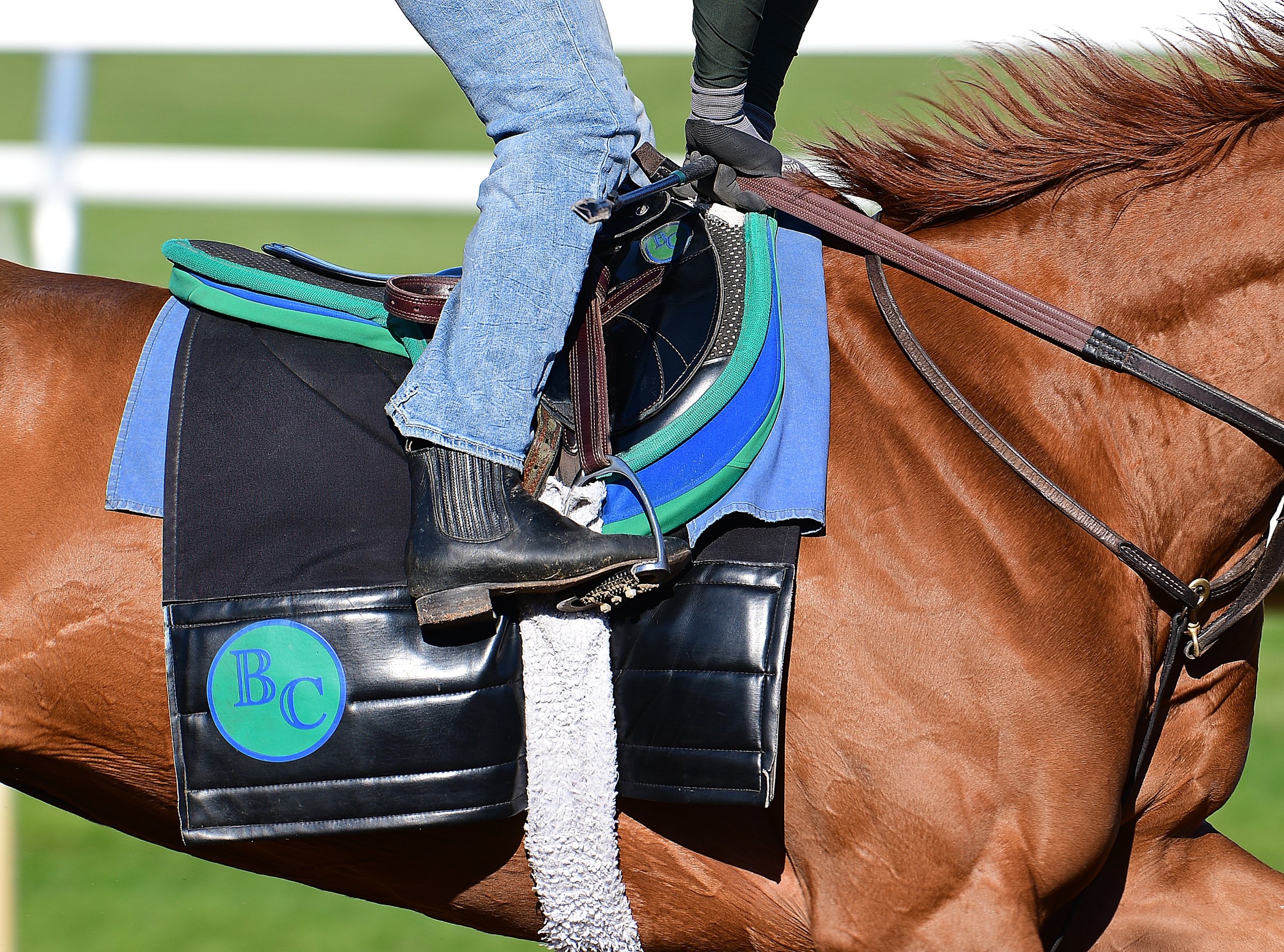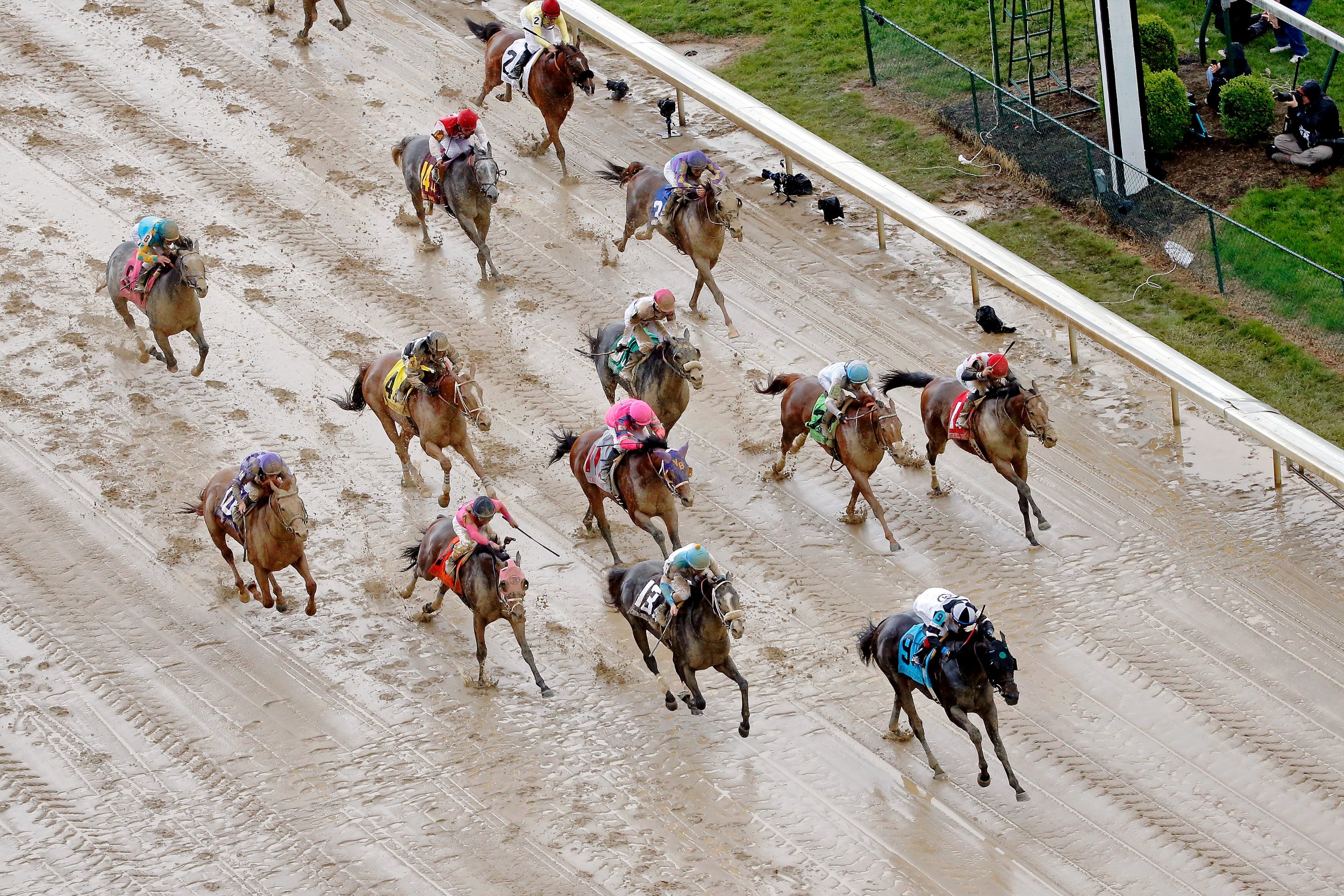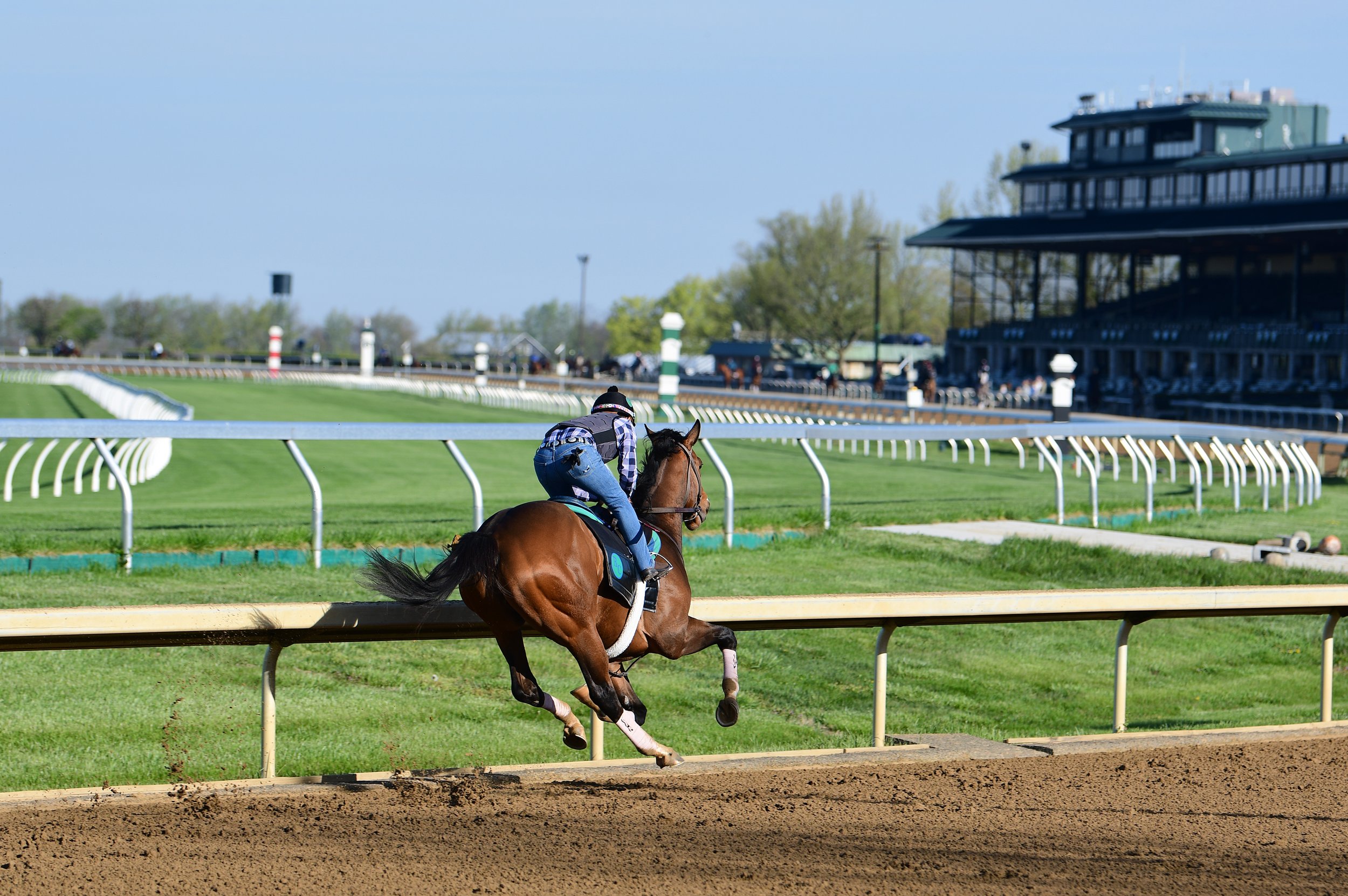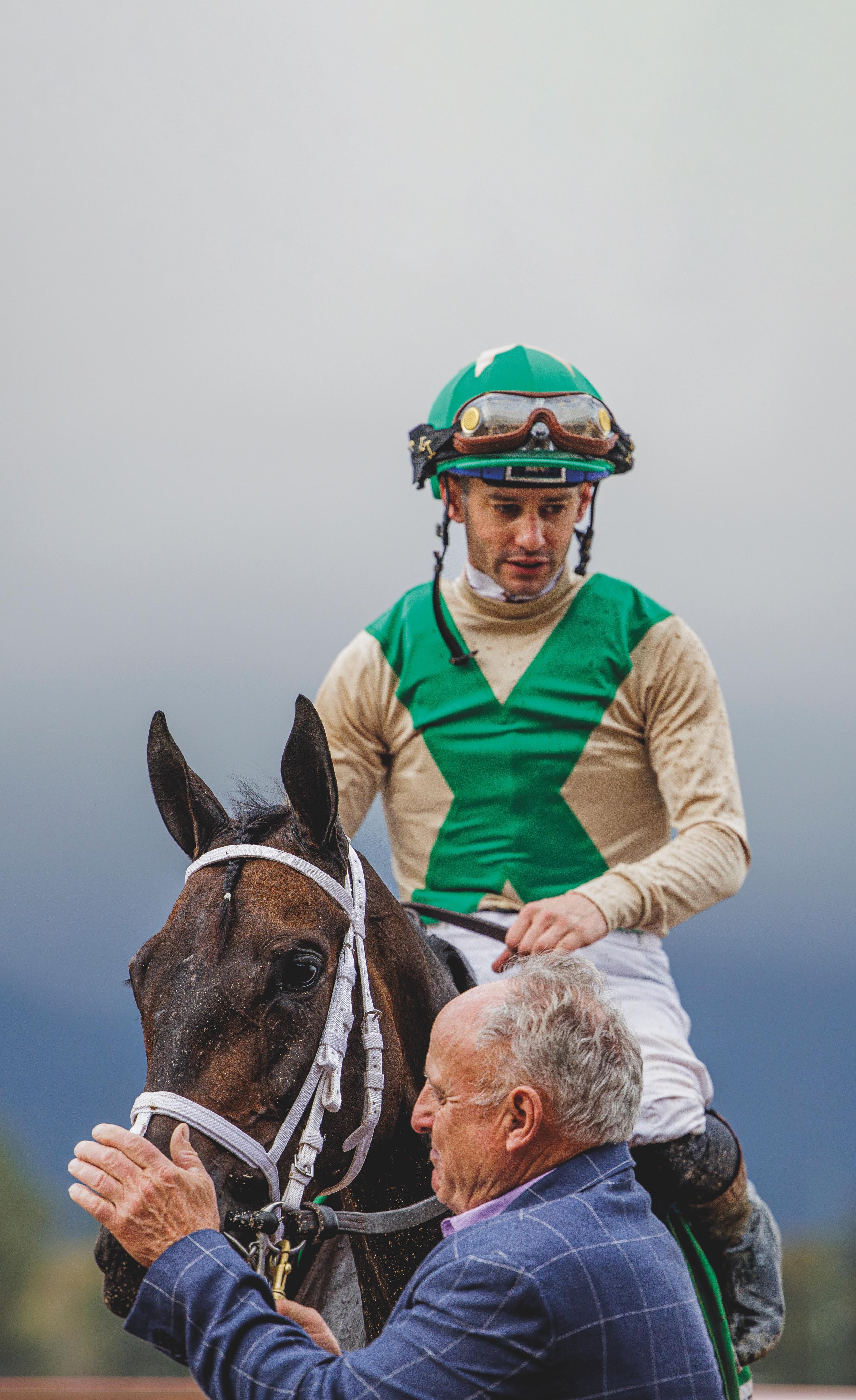Graded Stakes Winning Owners - Dennis Albaugh, Albaugh Family Stable (Catching Freedom)
/Before he could afford to buy Thoroughbreds, Dennis Albaugh had to succeed in business.
And though the start of his one-truck company out of his garage in Ankeny, Iowa, in 1979 was an utter disaster that nearly wiped him out, Albaugh preserved and now owns the ninth largest agricultural chemical company in the world, selling in 44 countries and manufacturing in nine.
Though he grew up on a farm with a couple of riding horses, he was intrigued with agriculture: “I was always intrigued that you can spray crops with chemicals to protect them.” After two-years of college, he worked for a chemical company for three years. When the company asked him to relocate his family to Birmingham, Alabama, he declined. “I started my own company,” he said.
That wasn’t easy. “I had to convince my wife to take a second mortgage on the house,” he said. She agreed. “She trusted in me, I guess,” Albaugh said.
The second mortgage allowed Albaugh to receive a $10,000 loan from the Small Business Administration. “It was very tough, I was very new in the business. It was a start-up company.”
He purchased an old oil tanker, bought weed-killing chemicals from a company in Des Moines and delivered them to a company in South Dakota on his very first run. “It was a 200-mile run,” Albaugh said. “On the way up, I thought this truck was running smoother and smoother.”
He reached his destination. “I put the hose in the receiving tank,” he said. “Nothing was coming out. I opened the lid. It was empty. I said, `Oh, boy, I just spent $8,000 of my $10,000.’ It was very scary.”
The seals on his truck had failed, and he had dumped his entire load on the trip. “I called the Department of Agriculture and told them I dripped chemicals, but nothing toxic,” Albaugh said. “They said, `Thanks for killing all our weeds.’”
Telling the Department of Agriculture was easier than telling his wife what had happened. She asked him, “How did your first delivery go?”
He told her. She didn’t blink.
Undeterred, Albaugh got a couple days' leeway from his buyer in South Dakota. He quickly bought a new truck and made the same delivery.
And then he grew his company. In 1993, he bought his company’s biggest competitor. “We really soared after that,” he said. “I don’t know the word `no.’”
His incredible success in business mirrored his ongoing success with Thoroughbreds, which also had humble beginnings after his son-in-law Jason Loutsch, who is now Albaugh Family Stables Racing Manager, nudged him into the business. Last year, the stable had three runners in the Kentucky Derby including the favorite, Angel of Empire, who finished a fast-closing third. This year, Catching Freedom has them returning to Louisville on the first Saturday of May.
Loutsch still can’t believe it: “Growing up, my best friend had a horse farm two miles from Prairie Meadows,” Loutsch said. “We made believe we were jockeys.”
Loutsch bought a horse, Mr. Mingo, in 2003, and shared the experience with Albaugh. Mr. Mingo finished second in a $59,000 Iowa-bred stakes in his second start for his new owners. “Dennis said, `This is a lot of fun. Let’s get more horses,’” Loutsch said.
They did, buying a half-share of a two-year-old Trippi filly for $42,000 at the Ocala Two-Year-Olds in Training Sale in June, 2005. They named the filly Miss Macy Sue for Albaugh’s granddaughter, and gave her to trainer Kelly Von Hemel.
“She took us all over the country,” says Loutsch, “Then she turned into one of the best broodmares in the country. It really got our juices flowing.”
Albaugh said, “It was unbelievable. We went around the country and she kept doing well.”
Their talented filly won 11 of her 25 starts, including the Grade 3 Winning Colors Stakes at Churchill Downs and five other stakes. She had five seconds and three thirds, including a third in the 2007 Breeders’ Cup Filly & Mare Sprint at Monmouth Park. She earned $880,915.
But she wasn’t done making money. She produced Liam’s Map, who had six wins and two seconds in eight starts, earning $1,358.940, Matera, a four-for-10 winner who earned $309,040 and Taylor S, who went three-for-seven and made $121,518.
Tired of not racing her talented progeny, Albaugh bred her to Giant’s Causeway and named her colt Not This Time. After finishing fifth in his debut, he won a maiden race by 10 lengths, the Grade 3 Iroquois Stakes by 6 ¾ and finished second by a neck to Classic Empire in the 2016 Grade 1 Breeders’ Cup Juvenile.
He’d already made $454,183, but he didn’t race again. He’d hurt a tendon in the Breeders’ Cup race, making his performance even more impressive. Retired to stud, Not This Time finished 2023 as the eighth leading stallion with $13,223,548 in progeny earnings. He stands this year at Taylor Made Stallions for $150,000. “He pays a lot of bills,” Albaugh said.
Along the way, Albaugh and Loutsch began an earnest pursuit of racing’s greatest prize, the Kentucky Derby. In 2016, their Brody’s Cause finished seventh. The next year, J. Boys Echo was 15th. In 2018, Free Drop Billy finished 16th. Dale Romans trained all three horses.
Last year, Angel of Empire, trained by Brad Cox, was third and Cox-trained Jace’s Road, owned in partnership with West Point Thoroughbreds, was 17th. Albaugh Family Stable and Castleton Lyons-owned Cyclone Mischief was 18th.
Catching Freedom, who is trained by Cox, has them dreaming again. “This is the 150th Derby,” Loutsch said. “We know how hard it is. It’s extremely hard to win. There are so many things that have to go right. There are so many factors going into it. This horse definitely wants to go a mile and a quarter. Hopefully, we’re fortunate enough to get a good trip.”
Albaugh said, “Just to get to the Kentucky Derby was a big honor. Having three horses last year was unheard of. We checked the history. We think that’s the record. We’re very thrilled to get back this year.”
Family is an integral part of Albaugh’s life. Loutsch and Albaugh’s daughter Tiffany have two girls, Julianah, 24, and Milan, 18. “They’re in charge of social media,” Loutsch said. “They go to all the races.”
Asked how hard it is to work for his father-in-law, Loutsch said, “Not hard at all. He’s truly one of the best guys in the world. He makes life real easy. No ego. Most importantly, he is fair and honest. He’s invested a lot in the game. We have a lot of fun together.”
Albaugh said, “My son-in-law got my interest going, it’s a whole family. It’s a lot of fun to go with all your family, it’s a lot of fun to get together.”
Especially if it’s in the winner’s circle on the first Saturday in May.



